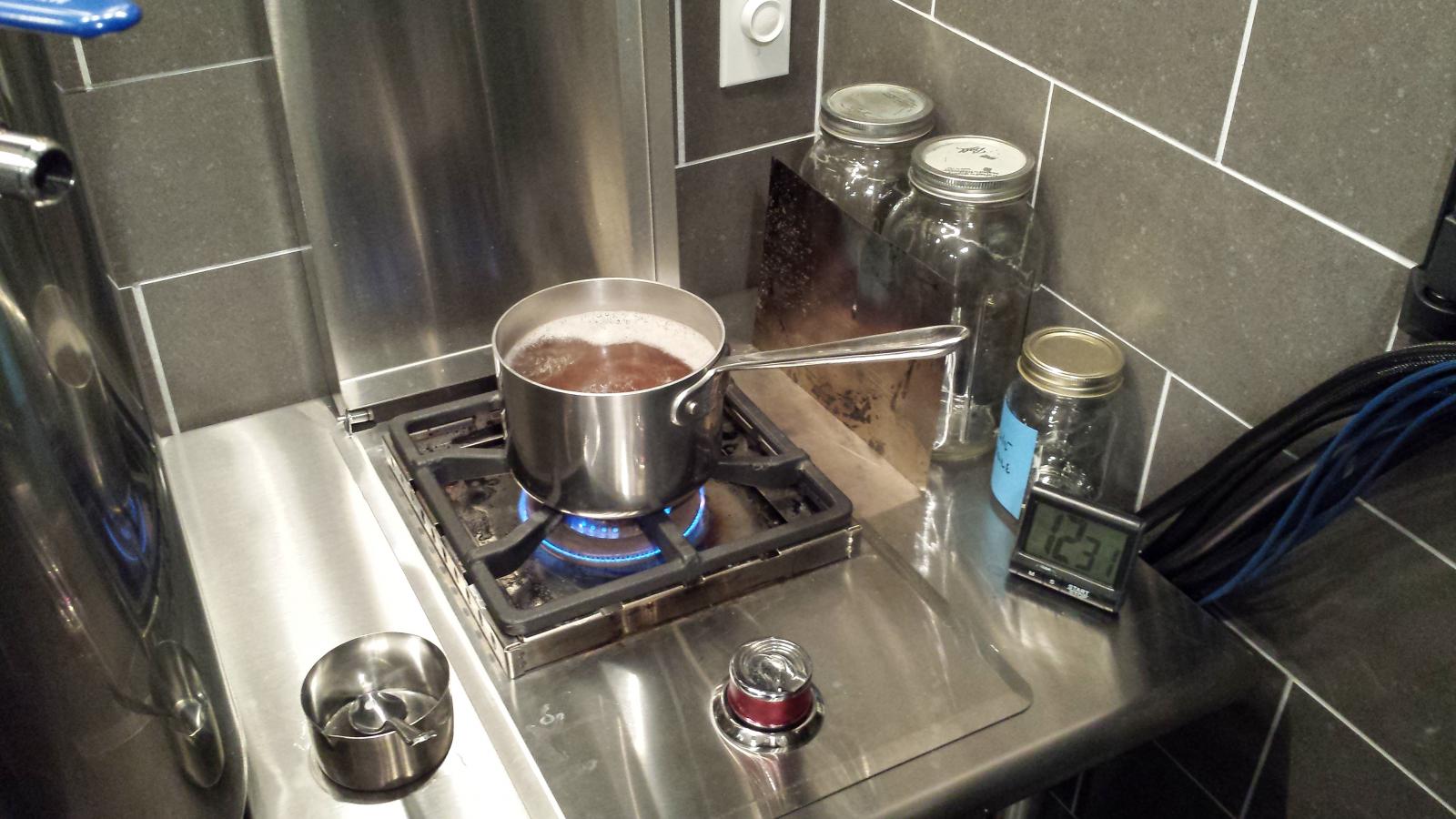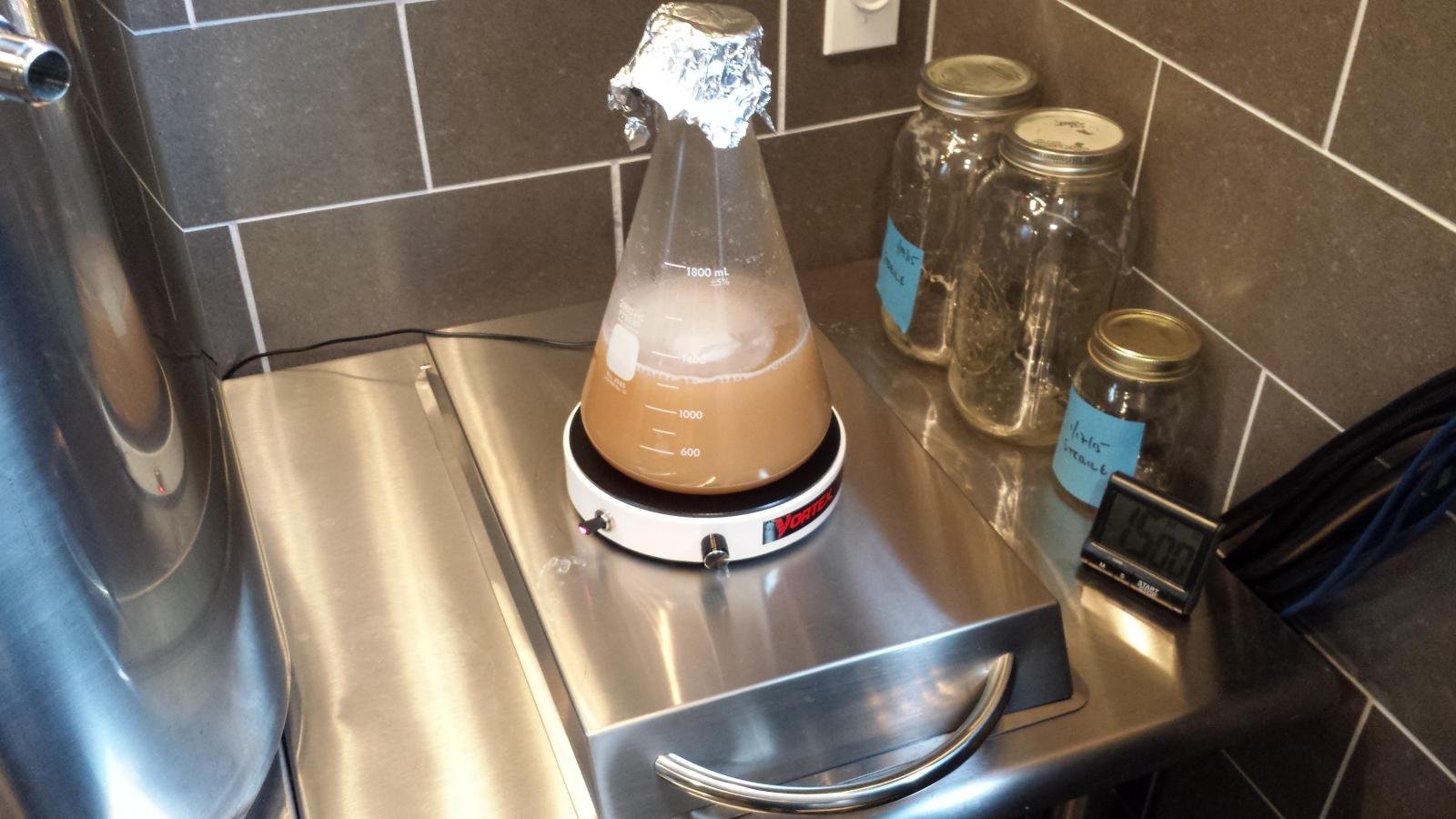HItransplant
Well-Known Member
thanks bobby for another very helpful thread-- subscribed.

I use this method all the time now. Have my fridge fillede up with bottles with different yeast strains.
I dont wash the yeast either, simply swirl up the sediment from my carboy and transfer to bottles and cap, and since I started using this method (8 months ago) I havent had an infection or a bad vial either.
I usually only hold on to them for a month or so and have had no problems with the swirl and dump method.










![Craft A Brew - Safale S-04 Dry Yeast - Fermentis - English Ale Dry Yeast - For English and American Ales and Hard Apple Ciders - Ingredients for Home Brewing - Beer Making Supplies - [1 Pack]](https://m.media-amazon.com/images/I/41fVGNh6JfL._SL500_.jpg)





Haha is that an old dvd player with some magnets?
I gave it a shake, put it back stirring and went turkey hunting. I just got home, found a small layer of foam on top.

Old yeast is easy... did you get your bird?









